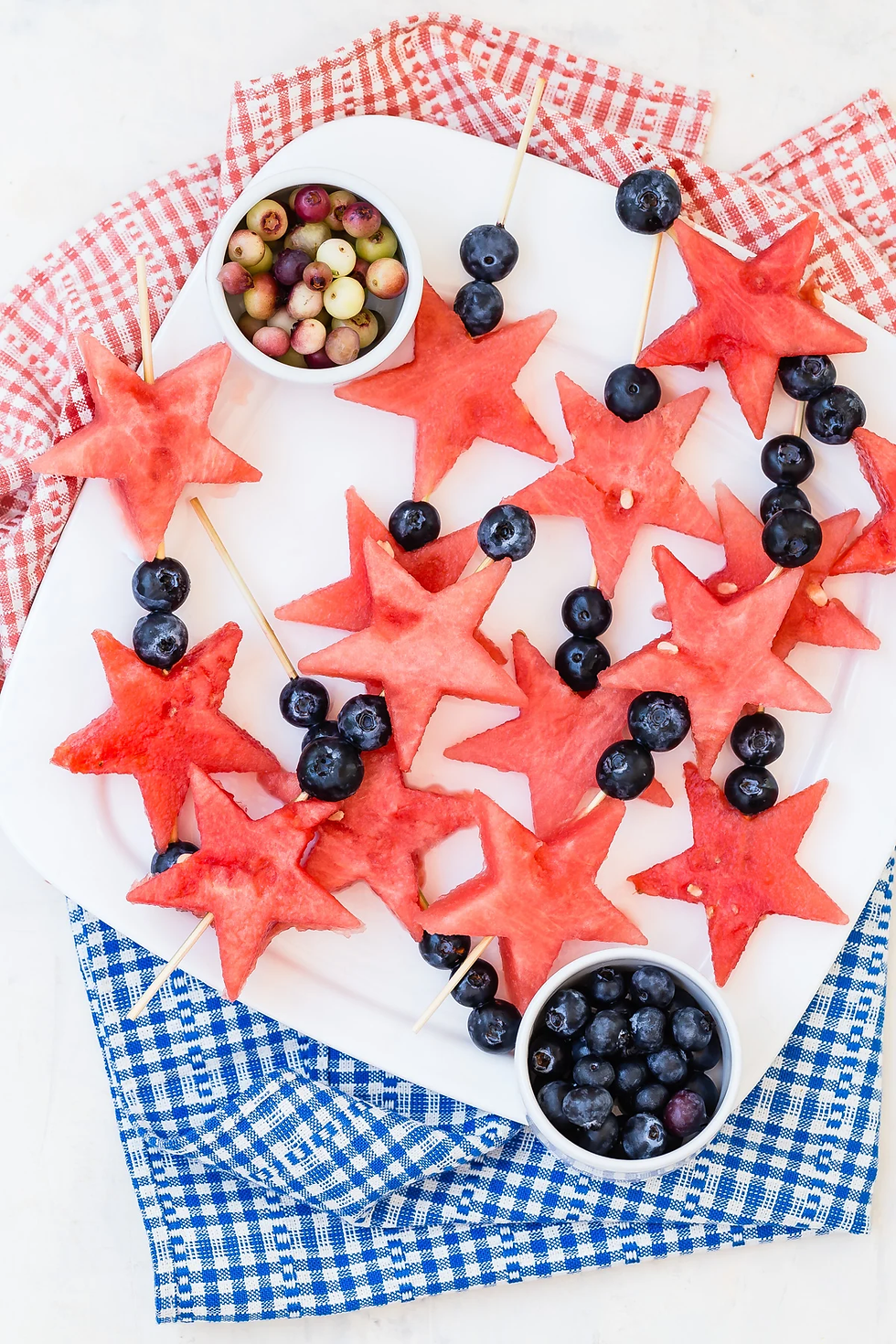- Jul 1, 2025
- 2 min read
I love the 4th of July! Some of my favorite childhood memories involved barbeques in my backyard with neighbors, friends, and a lot of GOOD FOOD!
If you've got little kids, you are just starting to make your 4th of July traditions, which means you can start healthy traditions now.
Instead of buying cookies and cakes that are loaded with food dye and sugar, try these healthier recipes that feature berries and watermelon.
Are you feeling like berries and watermelon are too expensive? check out this blog post about how to get free food this summer:
Also keep in mind that frozen berries will work for a lot of these recipes and usually cost less than fresh. I usually just buy frozen berries and let them defrost in the fridge overnight. The only recipes I wouldn't use frozen berries for are the wands, 5$ dinner flag and the fruit salad. Frozen berries would be too mushy for those recipes.
Flag Baked Oatmeal from Eating Bird Food Blog
This is my go-to source for healthy recipes. I cook from her site almost daily.

Great Blog to visit if someone in your family has allergies!
This recipe looks like a little too much work for me, but if you got your kids involved it could be a lot of fun.

I've made a watermelon cake before, so fun!

This is an excellent blog for finding super healthy recipes for kids, it's written by a dietitian (:

So simple, so healthy, so yum.

Why not just make fancy PBJ's? Popcorn and raisins are choking hazards for kids under 3, but if you've got older kids, this is a great option instead of chips while watching fireworks!

skip the soda and go for refreshing fruit water!

I love this website, she's got great tips for feeding kids. She's got a degree in culinary arts

So easy, so pretty and so yummy.

Have a happy and HEALTHY fourth of July!











